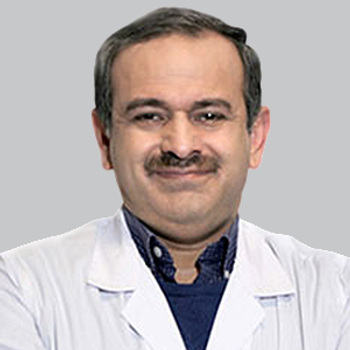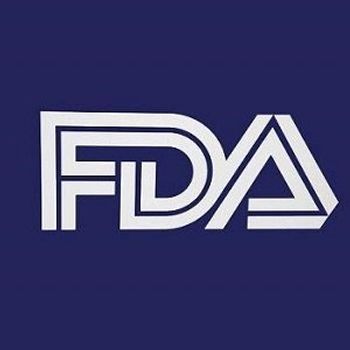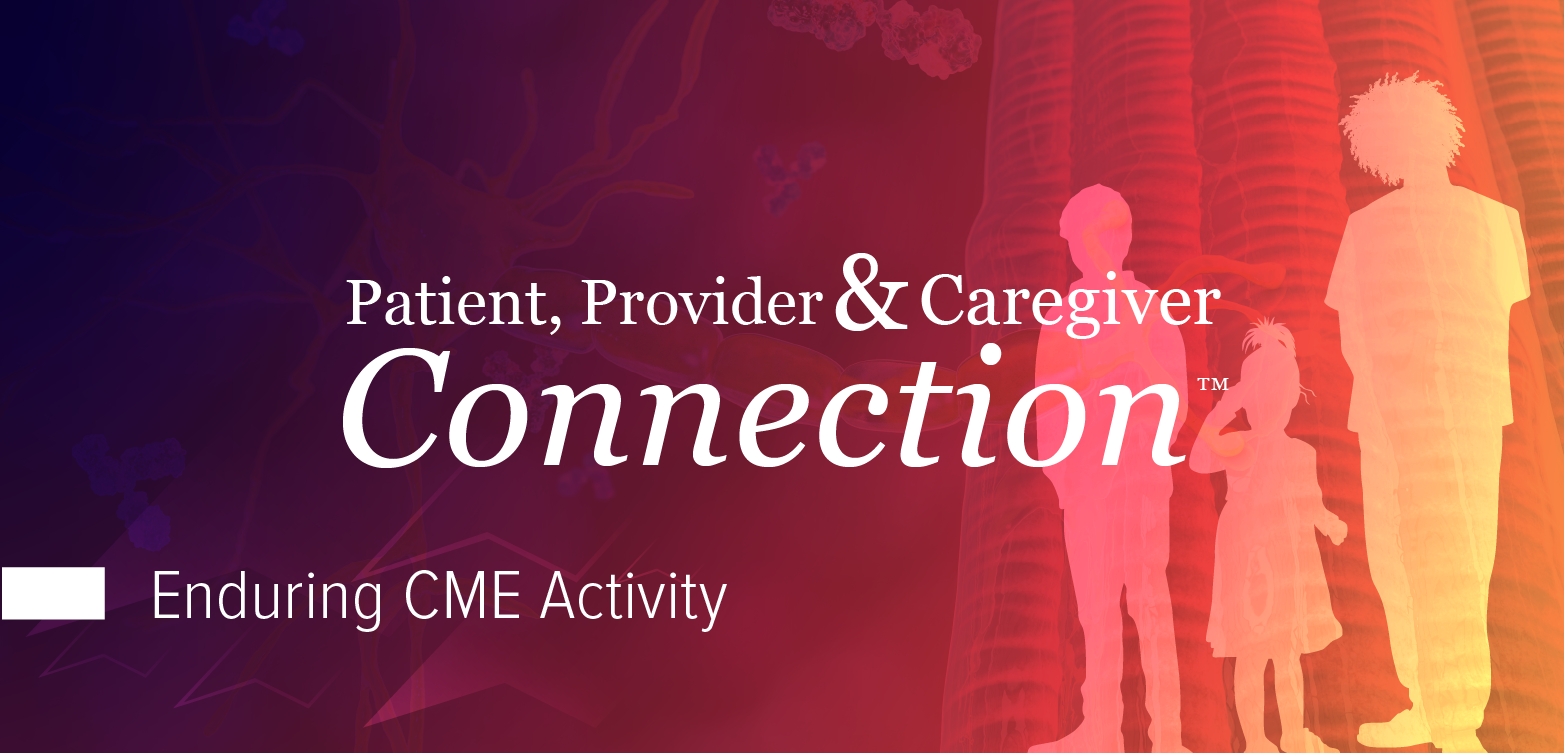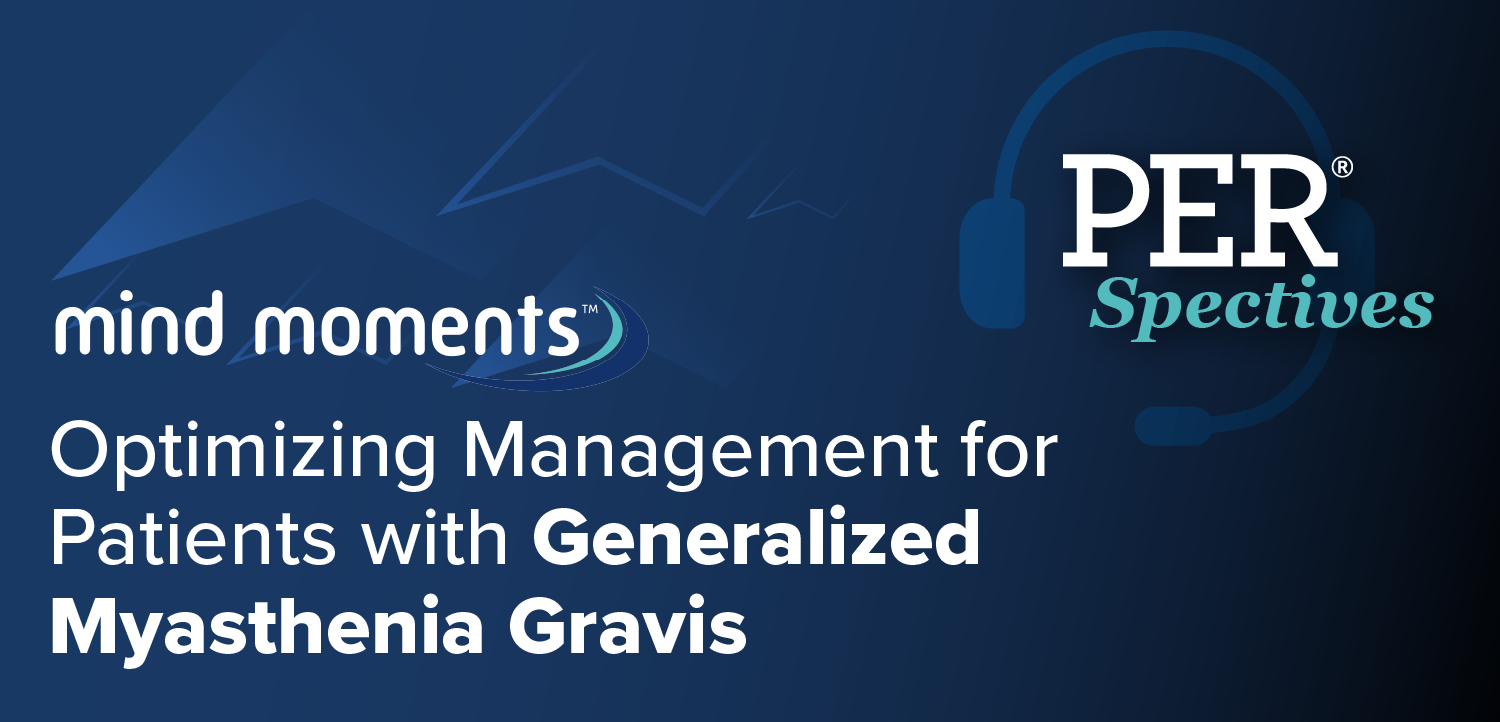
Long-Term 4-Year Data Highlights Sustained Effects of Deramiocel in DMD Cardiomyopathy
Key Takeaways
- Deramiocel showed consistent therapeutic benefits in DMD cardiomyopathy, preserving cardiac function over 4 years with a median LVEF change of –0.5 points.
- Patients treated with deramiocel experienced a smaller decline in upper limb function, with a decreasing rate of decline over the treatment period.
New findings reveal deramiocel's promising long-term benefits for boys with Duchenne muscular dystrophy cardiomyopathy, enhancing cardiac function and muscle performance.
New results from the ongoing HOPE-2 open-label extension (NCT03406780) showed that treatment with deramiocel (Capricor Therapeutics), an investigational therapy consisting of allogeneic cardiosphere-derived cells (CDCs), led to consistent therapeutic benefits in boys with Duchenne muscular dystrophy (DMD) cardiomyopathy over a 4-year period. The therapy, which remains in review by the FDA, demonstrated potential to preserve cardiac function, a critical component to outcomes among patients with this disease.1
Presented at the Parent Project Muscular Dystrophy (PPMD) 2025 Annual Conference, the results showed a median change of –0.5 points in left ventricular ejected fraction (LVEF) at the 4-year time point relative to baseline. In comparison, an external cohort from Vanderbilt University demonstrated a median 2-year decline of 5% points in LVEF compared with a 2-year improvement of 1.9% points with deramiocel-treated patients.
The OLE included patients who completed the double-blind portion of the study, where they went on to receive deramiocel every 3 months at intravenous infusions of 150 million cells. Results revealed that at year 4, patients experienced a smaller average decline in Performance of the Upper Limb (PUL v2.0; 0.6 points) compared with their first year on treatment (1.8 points). Deramiocel, which has been in development for more than a decade, also continued to show a safety profile that was consistent with previous observations.
"In our treated patients, we see year over year improvement or stabilization of cardiac function," Linda Marban, PhD, chief executive officer at Capricor, told NeurologyLive. "If you compare it to natural history–which we’ve showed to the FDA–this does not happen. These are extraordinary results and extraordinary times in a well-defined patient population. We’re pretty excited about [the data]."
Data from a subgroup of patients with baseline LVEF of greater than 45% revealed an even greater clinical benefit, further supporting deramiocel’s potential benefit on cardiac function. At month 48, this subgroup experienced positive median changes of 0.9 in LVEF after treatment with deramiocel.
On upper limb muscle function, patients treated with the cell therapy showed a –0.6-point mean decline in PUL 2.0 after 4 years of treatment, with the average rate decreasing with longer treatment. Across years 1, 2, 3, and 4, the decline went from –1.8, –1.2, –1.1, to –0.6 in the last year of reported data.
READ MORE:
Marban added, "Typically, open-label extensions don’t go this long, but we wanted to meet the needs of the patient community. They demand it. These patients have shown up on the day they qualify for their infusion, not the day after. They are so anxious to get int here because they’re starting to feel their strength lag. We’ve made the commitment to them that we will stay with them until the product is commercial, because we believe in them and we believe in the strength of our opportunity to treat."
Deramiocel remains under review by the FDA, with an expected PDUFA action date set for August 31, 2025. If approved, it would become the first medication specifically targeting DMD-related cardiomyopathy, and the first cell therapy indicated for the disease. The agency was
Reacting to the FDA’s change of course, Marban does not see that as a bad sign. "I took it in the opposite way," she said. "I think the data is strong. I think they were able to review it, that was very clear to me. When you look at a natural history study that was funded by the FDA, approved by them in terms of the methods of development, and you take that patient population and compared it to our open-label extension patients–which most have 3-year data in the BLA (biologics license application)–the data is unequivocal. We’re seeing a stabilization of disease compared to a decline in disease [among natural history cohorts]."
Initial findings from the HOPE-2 trial (2018–2020), published in The Lancet in 2022, evaluated the efficacy of deramiocel in patients with severe DMD. Of the 26 enrolled participants, 8 were randomized to deramiocel, 12 to placebo, and 6 were excluded due to screening failure. Among those who underwent post-treatment performance of upper limb (PUL1.2) assessments, deramiocel showed a statistically significant benefit over placebo in the 12-month mean change from baseline in mid-level elbow scores. The treatment group experienced a 36.2% percentile improvement (95% CI, 12.7–59.7), with a mean difference of 2.6 points (P = .014).4
Deramiocel was generally well tolerated throughout the HOPE-2 trial, with hypersensitivity reactions reported as the most common adverse event. To mitigate this, a pretreatment protocol including glucocorticoids, an H1 blocker, and an H2 blocker was introduced and successfully prevented serious allergic responses. Additionally, treatment with deramiocel led to a significant reduction in creatine kinase-MB (CK-MB) as a proportion of total CK over 12 months, suggesting decreased cardiac muscle damage. By month 12, CK-MB levels were significantly lower in the deramiocel group compared with placebo, with a percentile difference of 29.1% (95% CI, 4.0–54.2; P = .025).
REFERENCES
1. Capricor Therapeutics Announces Positive 4-Year Data from HOPE-2 Open-Label Extension Study of Deramiocel in Duchenne Muscular Dystrophy. News release. Capricor Therapeutics. June 20, 2025. Accessed July 1, 2025. https://www.capricor.com/investors/news-events/press-releases/detail/317/capricor-therapeutics-announces-positive-4-year-data-from
2. Capricor Therapeutics Provides Regulatory Update on Deramiocel BLA for Duchenne Muscular Dystrophy. News release. June 24, 2025. Accessed July 1, 2025. https://www.capricor.com/investors/news-events/press-releases/detail/318/capricor-therapeutics-provides-regulatory-update-on
3. Capricor Therapeutics Announces Completion of Mid-Cycle Review Meeting with FDA on Deramiocel for the Treatment of Duchenne Muscular Dystrophy Cardiomyopathy. News Release. Capricor Therapeutics. Published May 5, 2025. Accessed July 1, 2025. https://www.capricor.com/investors/news-events/press-releases/detail/311/capricor-therapeutics-announces-completion-of-mid-cycle
4. McDonald C, Marban E, Hendrix S, et al. Repeated intravenous cardiosphere-derived cell therapy in late-stage Duchenne muscular dystrophy (HOPE-2): a multicentre, randomised, double-blind, placebo-controlled, phase 2 trial. The Lancet. 2022;399(10329):1049-1058. doi:10.1016/S0140-6736(22)00012-5.
Newsletter
Keep your finger on the pulse of neurology—subscribe to NeurologyLive for expert interviews, new data, and breakthrough treatment updates.



































